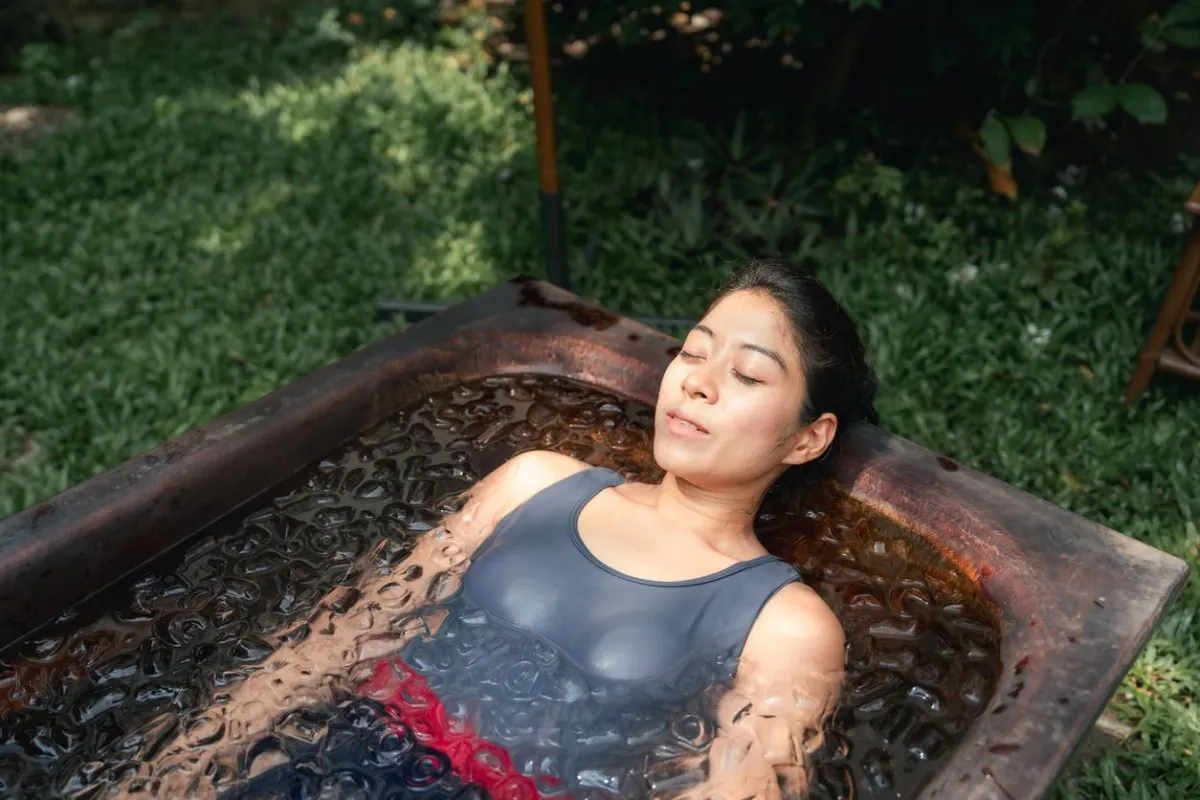
Ice Bath 101: How to Chill Your Way to Better Health
If you're reading this, you're probably wondering why anyone would willingly plunge into freezing water. As strange as it sounds, ice baths are one of the most accessible tools for nervous system healing, inflammation control, and metabolic support.
But like any potent therapy, the key is doing it safely and consistently. Here’s how to get started.
Why Try Ice Baths?
Cold exposure isn’t new. From ancient Roman bathhouses to Scandinavian saunas, humans have used temperature extremes for centuries to boost health and resilience.
Modern science now confirms what our ancestors knew:
Proven Benefits of Cold Immersion:
Reduces systemic inflammation
Helpful for autoimmunity, chronic pain, and post-exercise recovery.Improves mental clarity and mood
Ice baths boost dopamine levels and reduce symptoms of depression and anxiety.Activates brown fat and metabolism
Cold exposure trains your body to burn more fat and regulate blood sugar better.Strengthens the vagus nerve
A key to calming the stress response and improving HRV (heart rate variability).Builds resilience and mental grit
Each plunge trains your nervous system to face discomfort with control.
Getting Started: A Safe and Simple Protocol
You don’t need a $10,000 cold plunge tub to get the benefits. Here’s how to begin:
Step 1: Choose Your Setup
Bathtub + bags of ice
Outdoor cold plunge tub
Cold lake or stream (with caution)
Even a cold shower can be a starting point
Step 2: Temperature Guidelines
Beginner: 55–60°F (13–15°C)
Intermediate: 45–55°F (7–13°C)
Advanced: 35–45°F (1–7°C)
Never start too cold. Let your body adapt over time.
Step 3: Timing
Start with 1–2 minutes
Gradually increase to 3–5 minutes
Most benefits max out around 11 minutes total per week (per research by Huberman Lab)
Step 4: Focus on Your Breath
Inhale through the nose, exhale slowly. You’re training your nervous system, not just your skin.
Who Should Be Cautious?
People with cardiovascular disease or arrhythmias
Those with Raynaud’s syndrome or cold urticaria
Pregnant women (unless cleared by a provider)
Anyone with severe adrenal burnout or hypothyroidism
If you’re unsure, check with your provider—especially if you have an autoimmune or chronic condition.
Final Thoughts
Cold exposure teaches your body to adapt, regulate, and recover—all things most of us desperately need in a high-stress, high-inflammation world.
Like all the best medicine, it's uncomfortable at first—but powerful once you commit.
Stay curious, stay cold, and keep following the clues.
